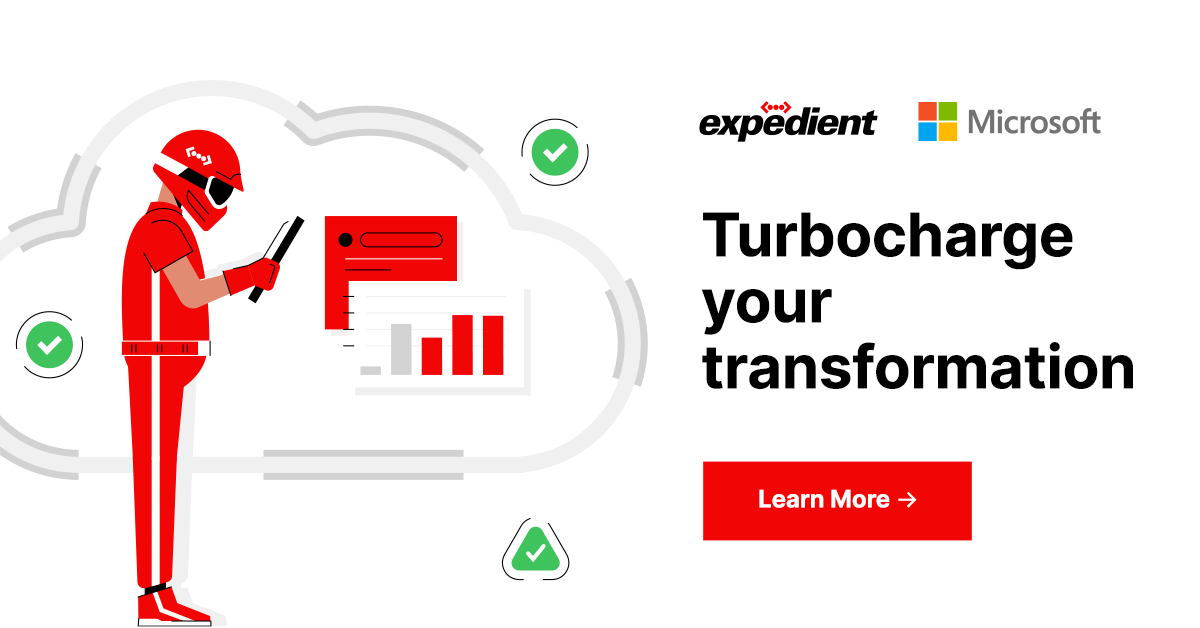
Businesses today face a massive challenge in managing the expansive IT environments that have been pieced together over decades by various teams. In an effort to untangle this web, IT has tried everything from public and private cloud to colocated data centers but ultimately each has presented new limitations, from lengthy launch cycles to security and compliance issues.
With a complete greenfield refresh out of the question, the answer for businesses does not reside in a single cloud but in a multi-cloud approach focused on the following five critical factors.
1. Simplification
The first step to multi-cloud begins by recognizing that while the business’ broad IT estate may be largely monolithic—for instance, a company may be a “Microsoft shop”—it will likely include other technology elements. This isn’t a problem, but it is something to be aware of so when applications and workloads are deployed they are put in the place that makes the most sense. At this stage, businesses need to keep it simple which they can do by following these three steps:
• Assess: Take inventory of your existing workloads, then track and understand the usage of each and determine the total cost of ownership (TCO) in their current and optimal future state.
• Align: Align your IT estate with your business imperatives to determine what your optimal cloud platform is and then optimize landing zones across clouds.
• Act: Architect a migration plan, move workloads at your pace and on your terms, and monitor performance of the reimagined IT estate.
2. Pricing
Another reason businesses need a multi-cloud operating model backed by the right experts is cost, specifically to avoid unexpected and unchecked fees. As many companies migrate workloads to the cloud, they discover a costly lesson—there is a steady stream of fees that pop up with great regularity and these hidden costs are incredibly difficult to discover without experimenting prior to migration.
The root cause of these can be unexpected storage fees that come from moving too much to a single cloud and the migration services fees which then result from complications in getting these workloads there. Later these additional costs come in the form of egress, outbound data transfers, communication between cloud services in different regions, and more.
In order to create a well thought- out multi-cloud environment, you should know exactly what is going where before the migration begins. For instance, in our “Microsoft Shop” example earlier, you will likely need the help of experts that are up to speed on the latest platforms and apps, and possess a commanding understanding of the nascent field of FinOps. With the right expertise you can make smarter cost comparisons that inform decisions around run rates, optimal environments, budget allocations, and more. As a result, businesses gain the advantage of predictable pricing and clarity on monthly costs, which helps eliminate financial risk and delivers better performance for each dollar spent.
3. Performance
One concern businesses have around multi-cloud is how well the constellation of clouds will provide optimal overall performance in line with Microsoft Azure. The truth is when you go multi-cloud, enterprise cloud providers like Expedient offer performance and cost benefits that ensure the final multi-cloud, Expedient-Azure environment delivers on its promise, outperforming leading clouds by 30-60% as noted in recent performance benchmarks from Cloud Spectator.
4. Maximize ROI
One of the many reasons why Azure is such an ideal cloud platform can be summed up in a single word, credits. All Azure customers get these credits when they sign up but not all are versant in techniques that maximize their true value. The reason why is they exhaust the credits by simply migrating too many workloads to Azure. Then later, when they are ready to tap into some of Azure’s innovative services like the data lake, AI/ML, and others, their credits have already been exhausted.
Working with Microsoft, Expedient guides customers to effectively balance the migration of Microsoft and VMware workloads across Azure, other clouds, along with the Expedient Enterprise Cloud. As a result, businesses are able to save their Azure credits and impactfully use them for strategic, mission critical initiatives, and new innovations that translate to tangible business outcomes.
5. Security
At the end of the day, providing security across multiple clouds is enormously difficult, especially if you are depending on multiple discrete systems. Expedient not only delivers a single centralized system that has eyes across Azure, Expedient, on-premises, and practically all major cloud providers, it can protect critical applications. Expedient does this by providing an expansive and ever-expanding set of universal multi-cloud services while adhering to rigorous compliance demands.
Expedient also delivers Push Button Disaster Recovery that helps address blind spots such as ransomware. According to a report from Group-IB, ransomware was up by 150% in 2020 with the average extortion amount doubling. At a time when Recovery Time Objectives (RTOs) and Recovery Point Objectives (RPOs) are typically measured in hours or days, Expedient offers rapid, total network failover at the push of a button and delivers in mere minutes.
The future of business is multi-cloud but success isn’t guaranteed. It requires award-winning innovation and a team of experts that not only understand the challenges businesses face today but are versed in eliminating barriers and accelerating multi-cloud journeys. The combination of Expedient and Azure delivers what you need to remove the complexities and accelerate your digital transformation. Receive a complimentary assessment from Expedient to help you determine what to migrate, what to modernize, and what to maintain on-prem.


